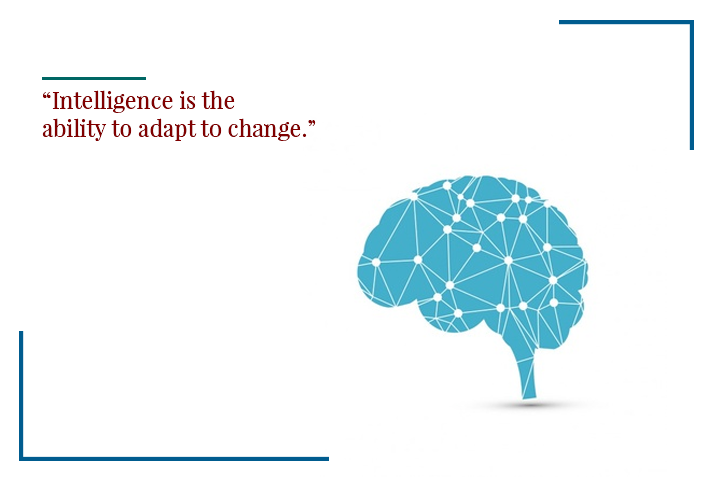“Intelligence is the ability to adapt to change.”
Agile was and will always be centered around quick alterations to the next big change. Competitive spirits have seemingly intensified in the business world, and development practices too needed an upswing, not just to match the growing enterprise demands but also to conclude the process in the best way possible.
While the traditional waterfall model failed to bring the desired level of promptness into the development process, it became increasingly important for developers to invest their time and resources into a much adaptive and responsive practice. Agile, as the name suggests, was built to facilitate pressing changes with utmost promptness and efficiency. Developers and cross-functional teams turned considerably adaptive with the introduction of Agile driven development process, thereby funding the much-heated need for on-demand adjustment.
Enriching UX with Agile
Although development firms have been counting on improved Agile methodologies to drive through efficient product roadmap, cross-functional teams often find it highly taxing to accommodate frequent changes during the various design phase. User experience design, though lately enrolled, has become a substantial element of digital product creation. Increased customer demands and market competition has impelled the need for remarkable UX design, which apart from serving the enterprise intent can also add up an intuitive, human-centered aspect within the product dynamics.
Agile values perfectly compliment the modern UX needs, making it highly easier for design teams to work on a product which not only serves the corporate goals but also prevails upon a personal touch for the end users. Agile development carries four distinctive values that have resulted in its tremendous fame.
- Individuals and interactions over processes and tools
- Working software over comprehensive documentation
- Customer collaboration over contract negotiation
- Responding to change over following a plan
These values better furnish cross-functional teams to realize the best version of their product while allowing them to continually improve on their conventions using feedbacks and end-user brief.
The common Iteration
Modern UX design and Agile practices intersect around iterative modeling, where smaller adjustments are incorporated during the development roadmap to attain better output. While design modifications can be very annoying, UX professionals have soon realized the importance of agility into product development.
Iterations help designers to better compliment the functional aspects of the product and deliver final builds which are market ready in every major sense. The same iterative philosophy which forms the core of agile development can easily be fused to form improved design practices that help team leaders and design professionals create and refine their bit using real-world assessment.
Risk and Rise
Design changes are always problematic, and often bring an air of agitation within the teams. However, changes can essentially be rewarding in the long term course, wherein teams can conclude a final product which is already optimized. Although the traditional approach of having the design phase completed before the actual initiation of product development served the purpose, it also brought considerable cost and efficiency clogs.
Varying scope and resource allocation are two of the biggest issues that UX designers and project managers face while driving the agile road. Unlike the waterfall model, where teams are allotted with upfront scope and timeframe, agile sprints draw in smaller development cycles with great scope for active change.
Progressive wrap
Agile methodology is an important aspect of modern day development practice. It is gradually turning to be the standard choice for development teams, especially when startup culture and SME domain is on an evident hike. By integrating UX design with standard agile methodologies, development teams can ace the product development while also ensuring its desired market success. At Pratham Software, we understand the role of effective UX for product success and therefore all our development teams’ work around agile techniques to ensure only the best product reaches your end-user base. Reach out to us to experience industry-best software development solutions.









